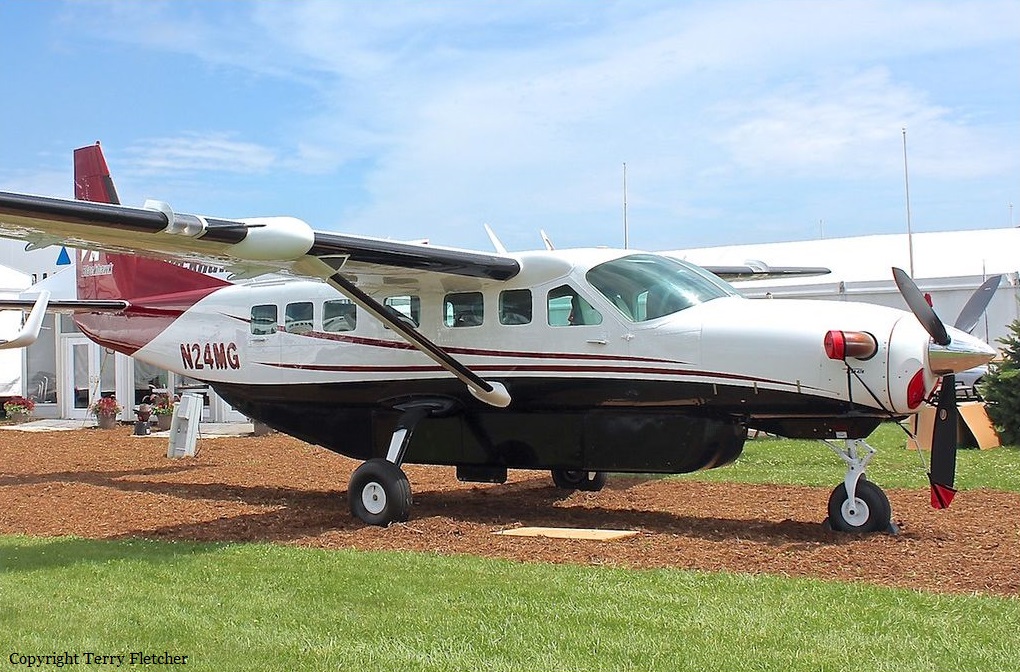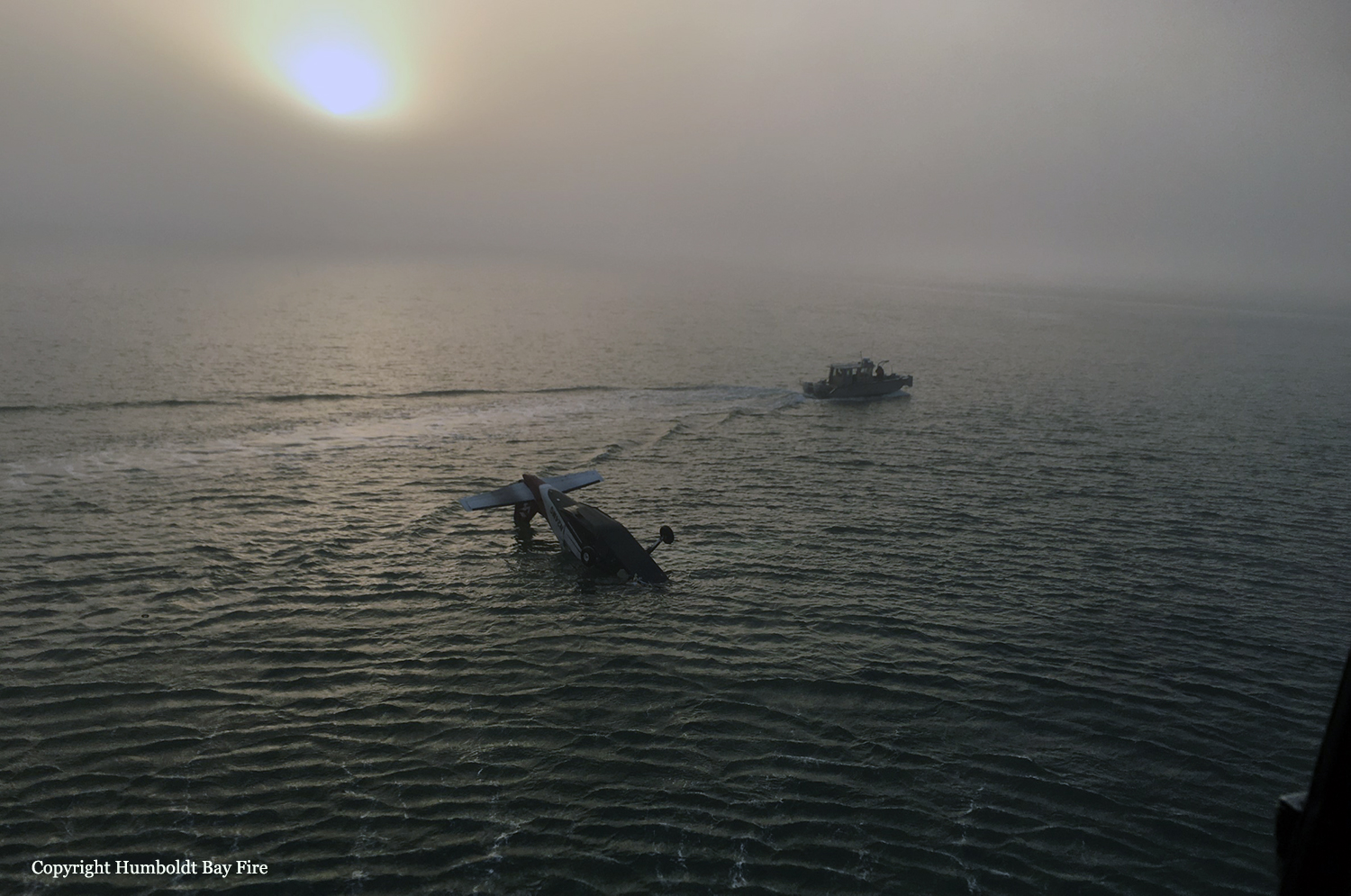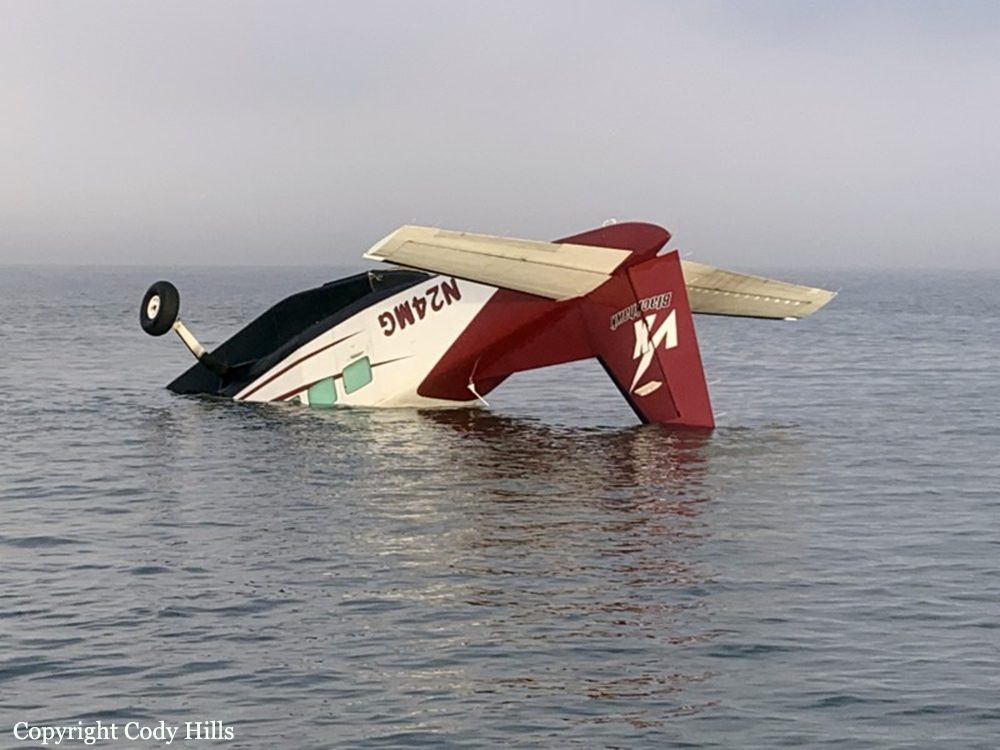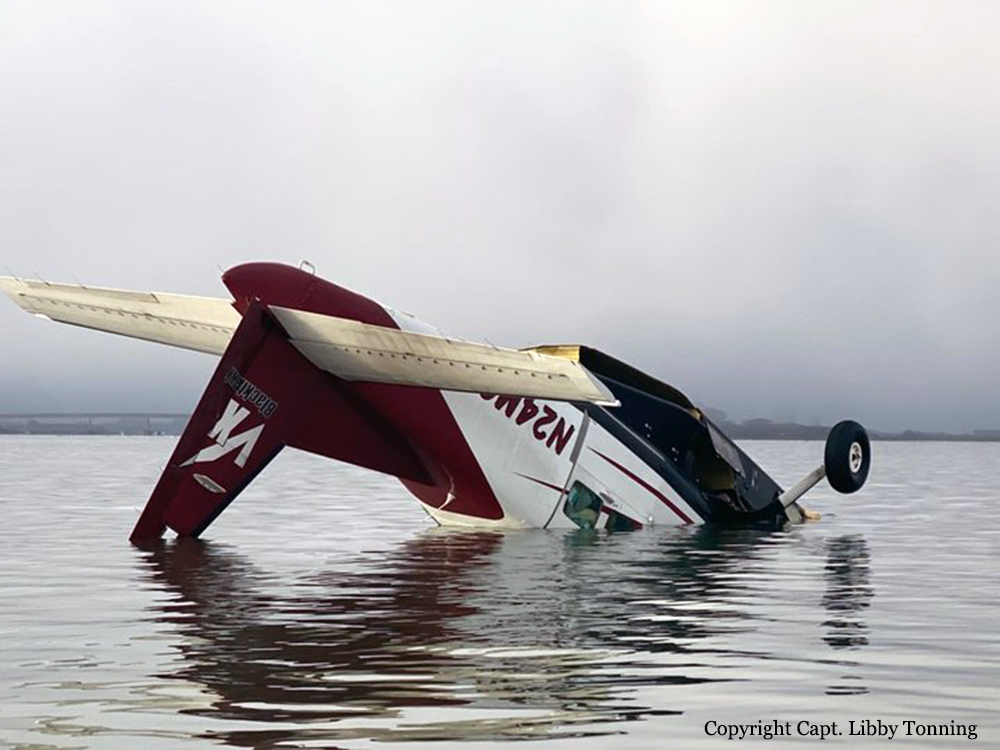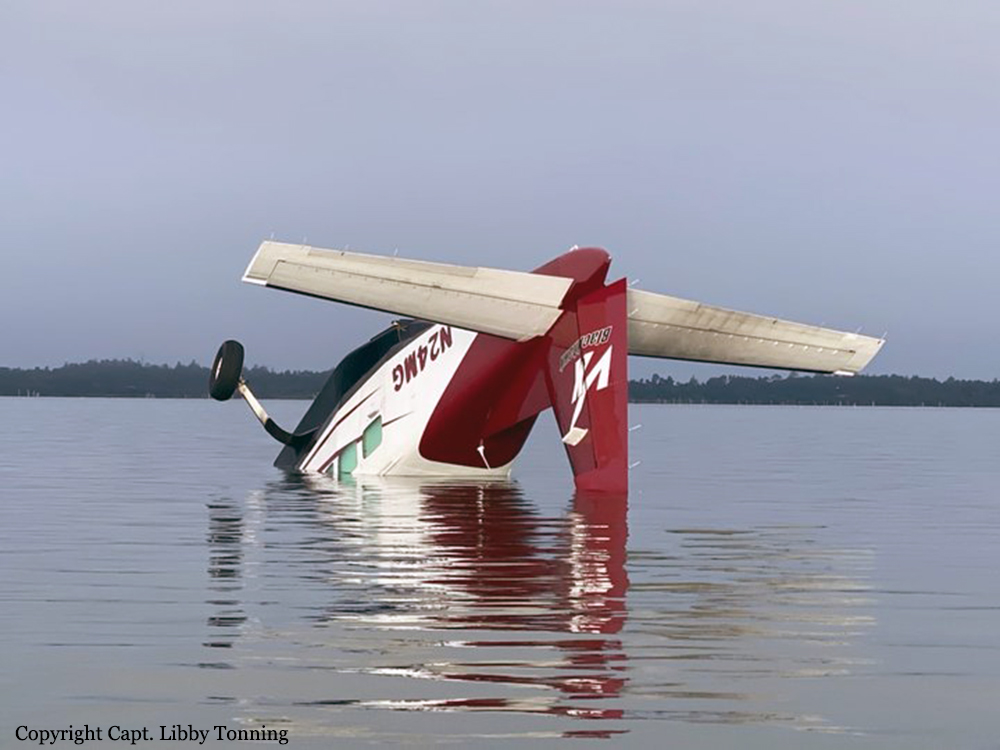Crash of a Cessna 208B Grand Caravan off Eureka
Date & Time:
Feb 6, 2020 at 0656 LT
Registration:
N24MG
Survivors:
Yes
Schedule:
Sacramento – Eureka
MSN:
208B-0850
YOM:
2000
Flight number:
BXR1966
Crew on board:
1
Crew fatalities:
Pax on board:
0
Pax fatalities:
Other fatalities:
Total fatalities:
0
Captain / Total hours on type:
1282.00
Aircraft flight hours:
19184
Circumstances:
While the pilot was on a visual approach to the airport and descending over water on the left base leg, about 100 ft above the water's surface, the airplane entered instrument meteorological conditions with no forward visibility. The pilot looked outside his left window to gauge the airplane's altitude and saw "black waves of water approaching extremely rapidly." He tried to pull back on the yoke to initiate a climb, but the nosewheel contacted the water. Subsequently, the airplane nosed over and came to rest inverted in the water. The pilot reported that there were no preaccident mechanical malfunctions or failures with the airplane that would have precluded normal operation.
Probable cause:
The pilot's delayed response to initiate a go-around during a night visual approach over water after the airplane entered instrument meteorological conditions, which resulted in a loss of forward visibility and subsequent impact with the water.
Final Report:
